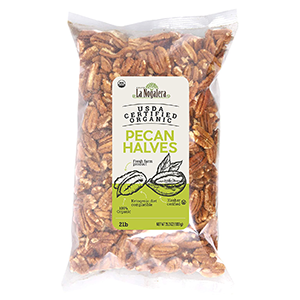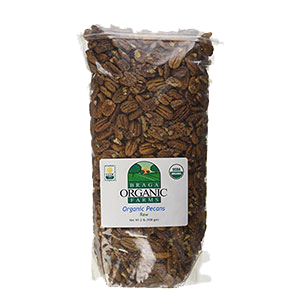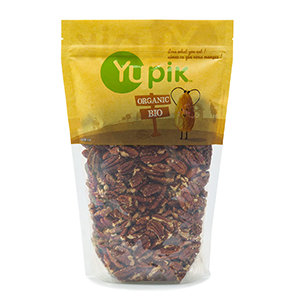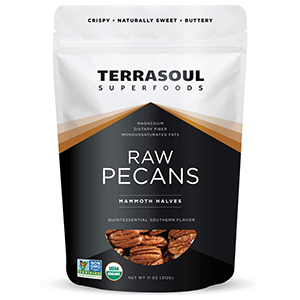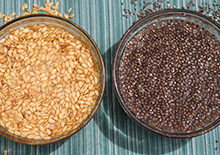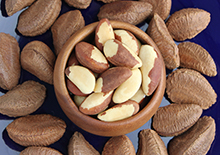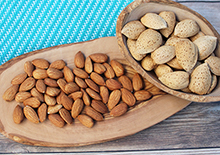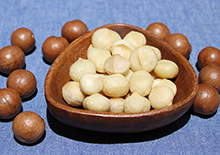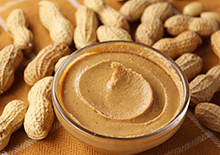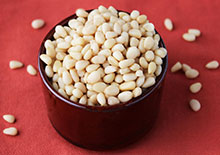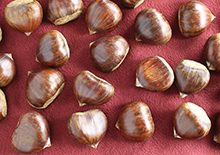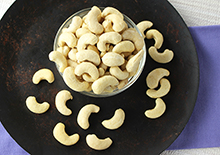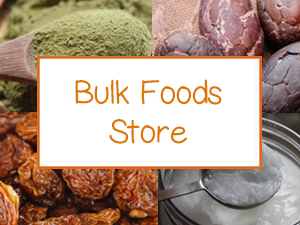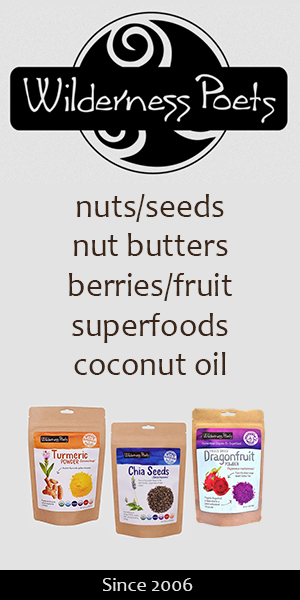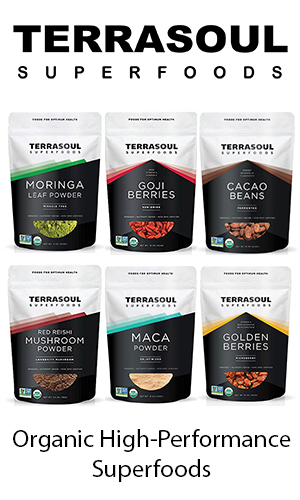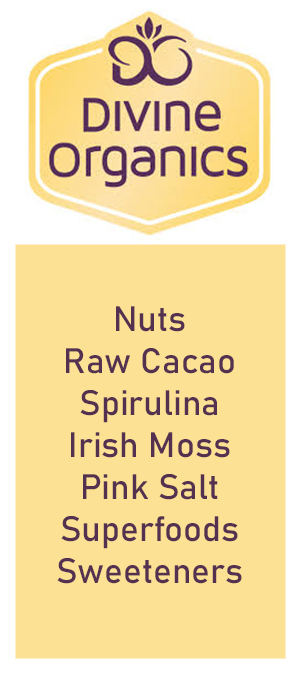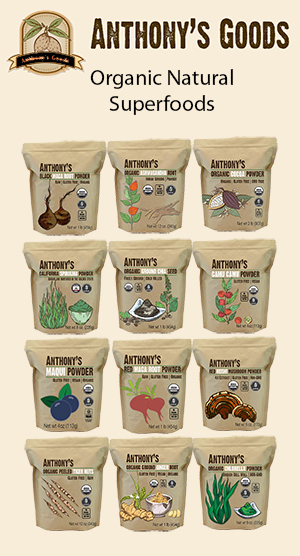- Home
- Nuts and Seeds
- Walnuts Vs Pecans
Benefits of Walnuts Vs Pecans, Differences and Similarities
Walnuts Vs Pecans Species | Appearance | Fats | Protein | Minerals | Antioxidants | Vitamins | Native Habitat | Precautions | Shop
Walnuts Vs Pecans - Species
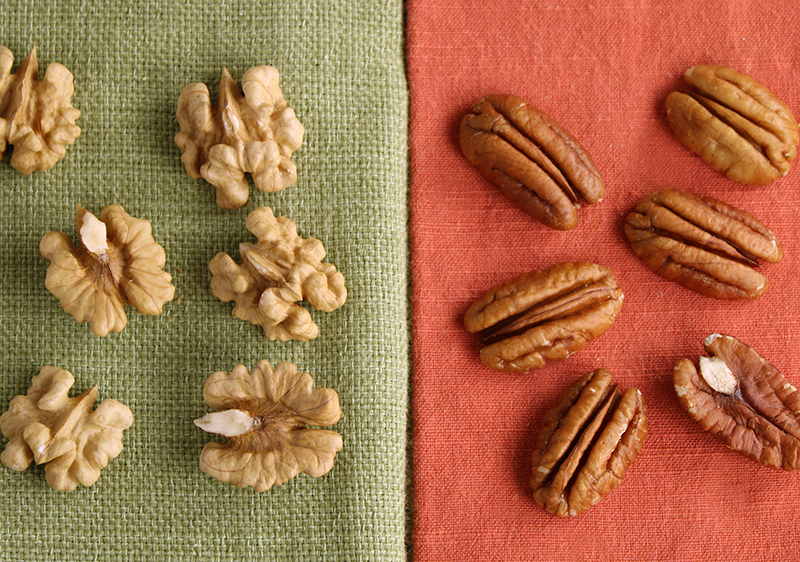
People often get walnuts and pecans confused because they look and taste somewhat similar.
While they are in the same family Juglandaceae, they come from different genus and nut tree species. The common English walnut is known as Juglans regia and the popular pecan species is Carya illinoinens, a type of hickory.
Both have thick outer husks surrounding the shell and nut.
Walnuts Vs Pecans - Appearance
Table of Contents
Walnuts Vs Pecans Species | Appearance | Fats | Protein | Minerals | Antioxidants | Vitamins | Native Habitat | Precautions | Shop
Walnuts have a golden light brown color and more ridges than pecans.
Pecans, pronounced either 'PEE-Can' or 'PEE-Con', are smoother and flatter with vertical grooves and more of a red-brown color.
While each has a crackable shell, walnut shells have a rough thick exterior and pecan shells are smooth, elongated and thinner than walnut.
Walnuts Vs Pecans - Taste
When taste testing a walnut and pecan side by side, there are some subtle differences as well as very distinguishable features.
Walnuts are crunchier with a slightly bitter and astringent quality. Pecans, on the other hand, are softer and they have a very prominent maple syrup-like flavor. This gives them a sweeter taste, hence their use in desserts like pecan pie.
Pecans also have a much stronger aroma compared to walnuts.
Walnuts Vs Pecans - Fats
Both of these nuts have a buttery taste due to their higher fat content but have vastly different fatty acid ratios.
Pecans are largely composed of monounsaturated fats, like oleic acid, at about 3 times more than walnuts.
Walnuts, however, are full of polyunsaturated fats, but most importantly offer a balanced ratio of ALA omega-3 to omega-6
FATS
Walnuts (One Ounce - 28g)
Monounsaturated Fat - 2.5 g
Polyunsaturated Fat - 13.2 g
Omega-3 fatty acids - 2542 mg
Omega-6 fatty acids - 10666 mg
Saturated Fat - 1.7 g
Total Fat - 18.3 g
Pecans (One Ounce - 28g)
Monounsaturated Fat - 11.4g
Polyunsaturated Fat - 6.1 g
Omega-3 fatty acids - 280 mg
Omega-6 fatty acids - 5840 mg
Saturated Fat - 1.7 g
Total Fat - 20.g
Pecans have less than half the amount of polyunsaturated fats, which mostly come from omega-6 with nearly eight times less ALA omega-3 than walnuts.
Aside from being good for heart health, ALA omega-3 fats are also good to consume for their nutritional benefits to the brain. This is one of the reasons walnuts are in fact a popular brain-nourishing food source.
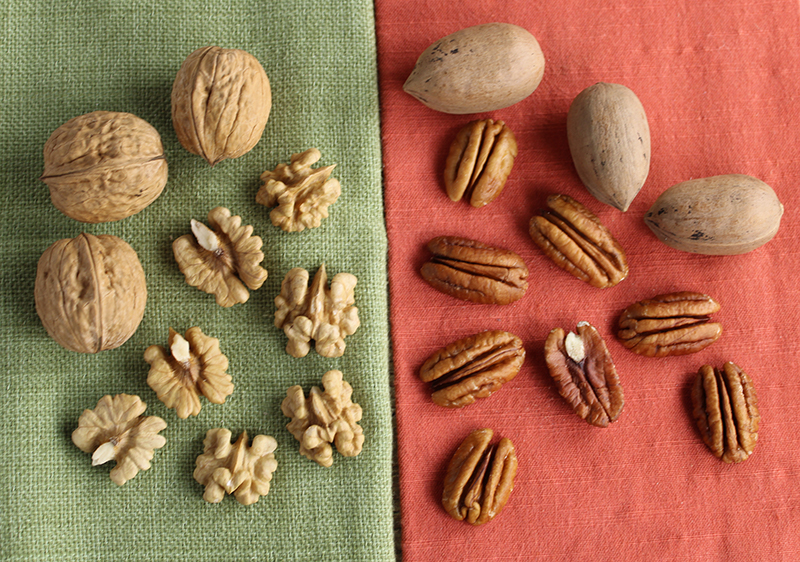
Walnuts Vs Pecans - Protein
Both walnuts and pecans are considered "protein fats" and offer a great calorie-rich snack food or salad condiment to add more of these plant-based nutrients into the daily diet.
As far as average grams of protein per ounce, walnuts (about 10-14 nut halves) are reported to contain around 4.3 grams, whereas pecans (about 10-12 nut halves) are almost half that amount at 2.6 grams.
Of course, the amount of protein can depend on the quality of the nut, but walnuts can usually be anywhere between 30-45% more total protein than pecans.
Each variety however contains all of the essential amino acids in
varying amounts.

Walnuts Vs Pecans - Minerals
A serving size of either boasts an impressive array of minerals as long as you don't have trouble digesting them. It is good to chew these nuts really well to maximize nutrient uptake.
Or, you might consider soaking and dehydrating them to eliminate some of their anti-nutrients.
When comparing the minerals in walnuts vs pecans, they have relatively similar amounts with pecans providing slightly more manganese than walnuts.
MINERALS
Walnuts (One Ounce - 28g)
Calcium - 27.4mg, 3%
Iron - 0.8mg, 5%
Magnesium - 44.2mg, 11%
Phosphorus - 96.9mg, 10%
Potassium - 123mg, 4%
Sodium - 0.6mg, 0%
Zinc - 0.9mg, 6%
Copper - 0.4mg, 22%
Manganese - 1.0mg, 43%
Selenium - 1.4mcg, 2%
Pecans (One Ounce - 28g)
Calcium - 19.6mg, 2%
Iron - 0.7mg, 4%
Magnesium - 33.9mg, 8%
Phosphorus - 77.5mg, 8%
Potassium - 115mg, 3%
Sodium - 0.0mg, 0%
Zinc - 1.3mg, 8%
Copper - 0.3mg, 17%
Manganese - 1.3mg, 57%
Selenium - 1.1mcg, 2%
Walnuts Vs Pecans - Antioxidants
Antioxidant polyphenols are high in both pecans and walnuts, but are especially prominent in the astringent paper-like skin of the walnut variety.
In a review published in the journal "Critical Reviews in Food Science and Nutrition", it was stated that one of the main polyphenols in walnut kernels is PEDUNCULAGIN, an ellagitannin that is further hydrolyzed to produce ellagic acid.
Pecan kernels are shown to be rich in PROANTHOCYANIDINS, a class of polyphenols that are also found in hazelnuts.
In other research, pecans were identified to have high concentrations of flavonoids and epigallocatechin-3-gallate (EGCG), a compound also abundant in green tea.
Walnut and pecan are sources of the antioxidant known as VITAMIN E, especially gamma-tocopherols (γ-Tocotrienol).
Walnuts, like pistachios, are a dietary source of MELATONIN, often referred to as the "sleep hormone" because it helps regulate night/day sleep-wake cycles.
In research, the melatonin in walnuts has been shown to influence total antioxidant capacity.
Walnuts Vs Pecans - Vitamins
When comparing pecans and walnuts side by side, nutritional data shows that pecans contain double the amount of THIAMINE, whereas walnuts have slightly more vitamin B6 and folate.
Walnuts are reported to contain about 27.4 mcg FOLATE or 7% the DV for a one ounce serving, whereas pecans tend to average about 6.2 mcg FOLATE or 2% the DV (based on a 2,000-calorie adult diet).
VITAMINS
Walnuts (One Ounce - 28g)
Thiamin - 0.1mg, 6%
Riboflavin - 0.043mg, 3%
Niacin - 0.3mg, 2%
Vitamin B6 - 0.2mg, 8%
Folate - 27.4mcg, 7%
Pantothenic Acid - 0.2mg, 2%
Vitamin E - 0.2mg, 1%
Vitamin K - 0.8mcg, 1%
Pecans (One Ounce - 28g)
Thiamin - 0.2mg, 12%
Riboflavin - 0.037mg, 2 %
Niacin - 0.3mg, 2%
Vitamin B6 - 0.1mg, 3%
Folate - 6.2mcg, 2%
Pantothenic Acid - 0.2mg, 2%
Vitamin E - 0.4mg, 2%
Vitamin K - 1.0mcg, 1%
Folate is a B vitamin that can offer neurological support by providing an anti-inflammatory influence as well as encouraging a decrease in homocysteine levels.
Folate is also found in other nuts and seeds like sunflower seeds, hemp seeds, hazelnuts and sesame seeds.
Walnuts Vs Pecans - Native Habitat
Pecans (Carya illinoinens) are native to Mexico and Central America.
In the U.S., they are extensively grown and consumed in many southern states like Georgia, Alabama, Arkansas, Mississippi, Louisiana, Texas, New Mexico and Arizona. As of 2023, Georgia is currently the leading producer of pecan nuts.
English walnuts (Juglans regia) are believed to have originated in Persia or modern-day Iran.
In the U.S., English walnuts were introduced into the Mediterranean-like climates of Southern California in the 18th century by Spanish missionaries, along with other species like figs and olives.
China is currently the world's leading producer of walnuts, followed by California.
Precautions:
Avoid all tree nuts if you have nut allergies. A high intake of nuts can promote acidic conditions and cause an increase in mucus. Consult your healthcare provider or nutritionist to discuss adding walnuts vs pecans to your diet if pregnant, nursing, taking prescribed medications or if you have a serious medical condition.
Shop Related Products (About Affiliates & Amazon Associate Paid Links)
Affiliate Disclaimer: This section contains affiliate product links. If you make a purchase through our recommended links, we receive a small commission at no additional cost to you. Thanks for the support.
